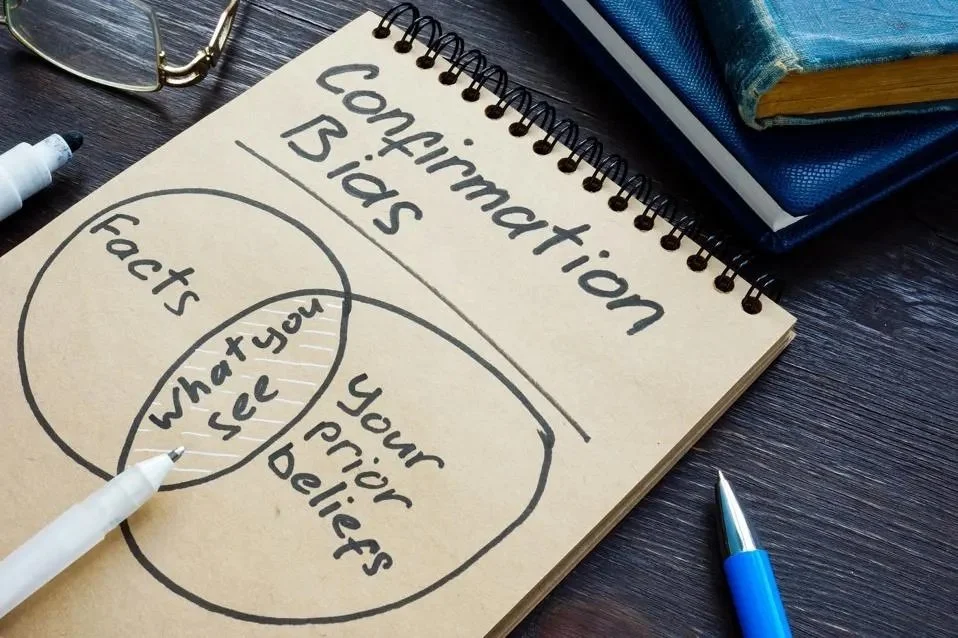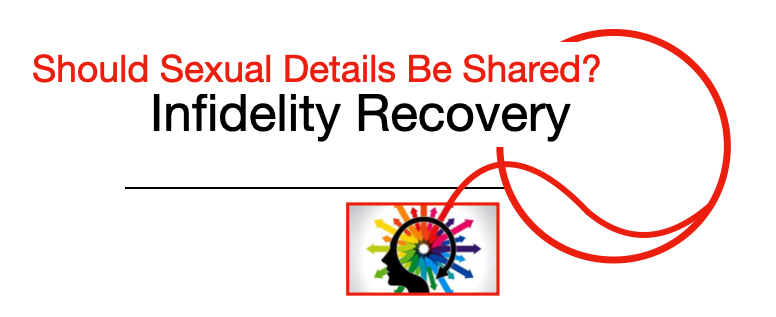<<. . .where the positive interactions in a relationship outweigh the negative interactions, leading to a generally positive perception of the relationship— John Gottman>>
Positive sentiment override occurs when a couple's positive experiences and interactions significantly exceed their negative experiences, allowing them to maintain a positive view of each other and their relationship despite conflicts or challenges. This phenomenon helps couples navigate difficult times more effectively and fosters resilience in their relationships.
From the Gottman Research of over 3000 couples found that neutralizing one negative moment took five positive moments. The happy couples revealed 19 positive moments and one unpleasant moment.
1. Example: Communication During Conflict
- Situation: A couple, Sarah and Tom, disagree about household chores. During the argument, Sarah raises her voice, and Tom feels upset.
Response: After the argument, Tom remembers all the loving gestures Sarah has shown him over the years—like how she surprised him with his favorite meal on his birthday or how she supported him during a tough time at work. Because of these positive memories, he interprets her raised voice as a sign of frustration rather than a personal attack. This leads him to have a constructive conversation with her later about better sharing chores.
2. Example: Recalling Positive Memories
Situation: Mark and Lisa face financial difficulties during a stressful period. Lisa tends to get anxious and sometimes snaps at Mark due to stress.
- Response: Instead of feeling hurt by Lisa's anxiety, Mark recalls their countless supportive moments, such as when Lisa encouraged him during a job search or celebrated his achievements. This positive sentiment helps him to understand her behavior better and encourages him to offer support rather than resentment, reinforcing their bond.
3. Example: Building a Positive Foundation
- Situation: Jenna and Alex often have busy schedules, which leads to occasional misunderstandings and frustrations.
- Response: They consciously prioritize quality time together, such as regular date nights and expressing gratitude for each other's efforts. Because of this foundation of positive interactions, when a misunderstanding occurs, they are more likely to approach it with empathy and patience, viewing it as a minor bump in the road rather than a significant threat to their relationship.
In these examples, the couple's ability to maintain a positive outlook and interpret each other's actions—thanks to a substantial reservoir of positive experiences—demonstrates the impact of positive sentiment override. This psychological mechanism can help couples navigate conflicts more effectively, strengthening their relationship.
Here are several ways in which positive experiences affect conflict resolution:
Positive experiences are pivotal in contextualizing conflicts among couples by shaping their perceptions, emotional responses, and approaches to resolving disagreements. Here are several key ways in which positive experiences influence the context of conflicts:
1. Creating a Positive Reference Point
- Historical Context: Positive experiences provide a historical backdrop that helps couples view conflicts as isolated incidents rather than indicative of fundamental relationship problems. When partners can recall shared joyful moments, they are more likely to see a disagreement as temporary and solvable.
- Emotional Reservoir: A wealth of positive memories acts as an emotional reservoir that partners can draw upon during conflicts. This reservoir reinforces their belief in the relationship's overall health, allowing them to approach conflicts with a more optimistic perspective.
2. Shaping Perceptions of Intent
- Assuming Good Intent: Couples who share many positive experiences are more inclined to interpret each other's actions during conflicts as well-intentioned. For instance, if one partner forgets an important date, the other may be more likely to attribute that oversight to stress or forgetfulness rather than malice.
- Reduced Negative Attribution: Positive experiences foster a sense of trust and goodwill, which helps partners avoid negative attributions about each other's behavior during disagreements. This can mitigate escalation and promote more constructive dialogue.
3. Enhancing Empathy and Understanding
- Empathetic Responses: When couples have a history of positive experiences, they are more likely to empathize with each other during conflicts. This empathy allows them to understand each other's feelings and perspectives, leading to more compassionate and less defensive responses.
- Willingness to Listen: Positive experiences cultivate a sense of connection, making partners more willing to listen to each other’s viewpoints during conflicts. This willingness can lead to a more thorough understanding of the underlying issues.
4. Fostering a Collaborative Mindset
- Team Approach: Positive experiences encourage couples to approach conflicts as a team rather than as adversaries. When partners feel connected and valued, they are more likely to work collaboratively to find solutions rather than focusing on winning an argument.
Shared Goals: Positive experiences can reinforce shared goals and values, helping partners prioritize the health of the relationship over individual grievances during conflicts.
5. Encouraging Constructive Communication
- Safe Communication Environment: Positive experiences create a safe emotional space for open communication. Couples are likelier to express their feelings honestly without fear of escalating the conflict or damaging the relationship.
- Focus on Solutions: When partners have a strong foundation of positive experiences, they can more easily shift their focus from blame to problem-solving. They are more inclined to discuss potential solutions rather than getting stuck in negativity.
Reducing Emotional Reactivity
Calming Effect: Positive experiences can calm conflicts, reducing emotional reactivity. When partners feel appreciated and loved, they are less likely to respond with anger or frustration, allowing for a more rational and constructive discussion.
Stress Buffering: Positive experiences can buffer stress and anxiety during conflicts, helping partners remain grounded and composed, which is essential for effective resolution.
7. Promoting Long-Term Relationship Satisfaction
- Contextualizing the Relationship: A strong foundation of positive experiences helps couples maintain a broader perspective on their relationship, allowing them to contextualize conflicts within the larger narrative of their partnership. This perspective can lead to greater satisfaction and commitment in the long run.
Commitment to Resolution: Couples who have enjoyed many positive experiences together are often more committed to resolving conflicts. They see the value of maintaining harmony and are motivated to find solutions that strengthen their bond.
Positive experiences allow partners to view conflicts as manageable and isolated, foster understanding and empathy, promote collaboration, and ultimately contribute to healthier and more satisfying relationships.
































